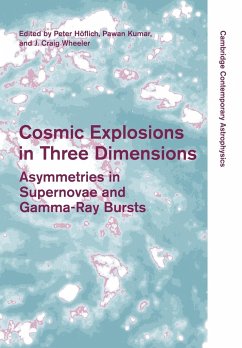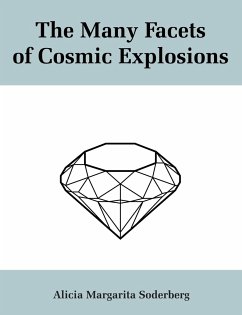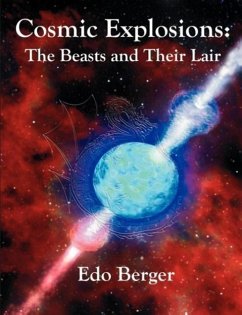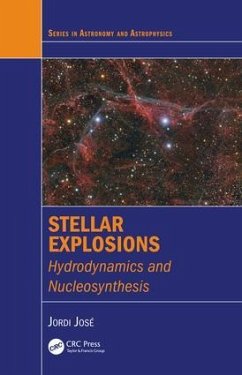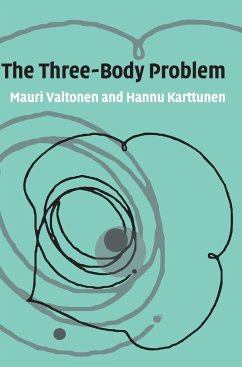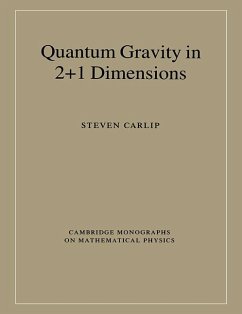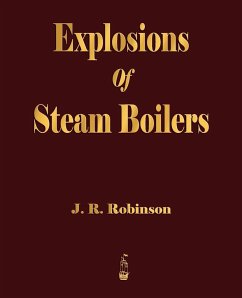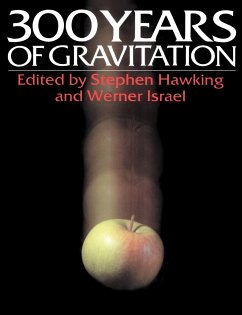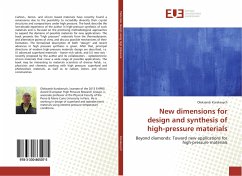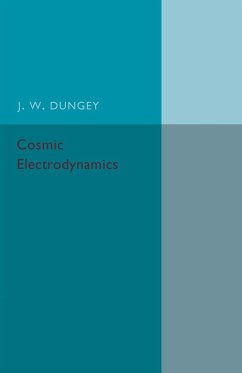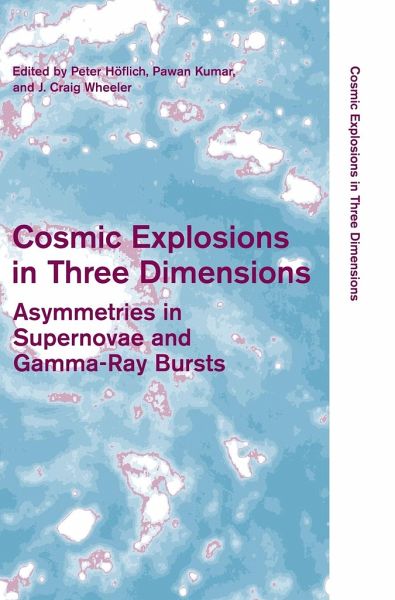
Cosmic Explosions in Three Dimensions

PAYBACK Punkte
81 °P sammeln!
Supernovae and gamma-ray bursts are the strongest explosions in the Universe. Observations show that, rather than being symmetrical, they are driven by strong jets of energy and other asymmetrical effects. These observations demand theories and computations that challenge the biggest computers. This volume marks the transition to a fresh paradigm in the study of stellar explosions. It highlights the burgeoning era of routine supernova polarimetry and the insights into core collapse and thermonuclear explosions. With chapters by leading scientists, the book summarises the status of a fresh pers...
Supernovae and gamma-ray bursts are the strongest explosions in the Universe. Observations show that, rather than being symmetrical, they are driven by strong jets of energy and other asymmetrical effects. These observations demand theories and computations that challenge the biggest computers. This volume marks the transition to a fresh paradigm in the study of stellar explosions. It highlights the burgeoning era of routine supernova polarimetry and the insights into core collapse and thermonuclear explosions. With chapters by leading scientists, the book summarises the status of a fresh perspective on stellar explosions and should be a valuable resource for graduate students and research scientists.





